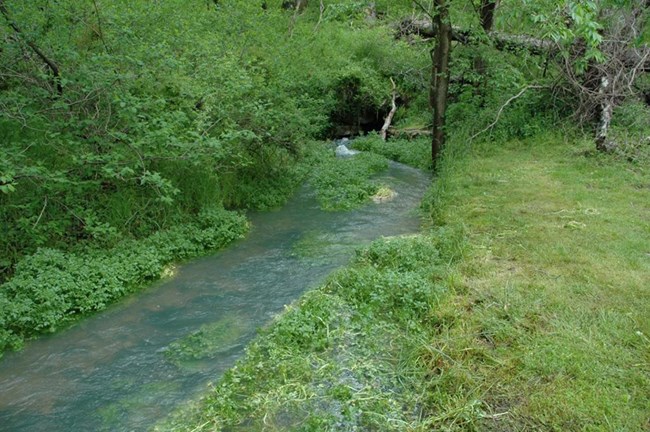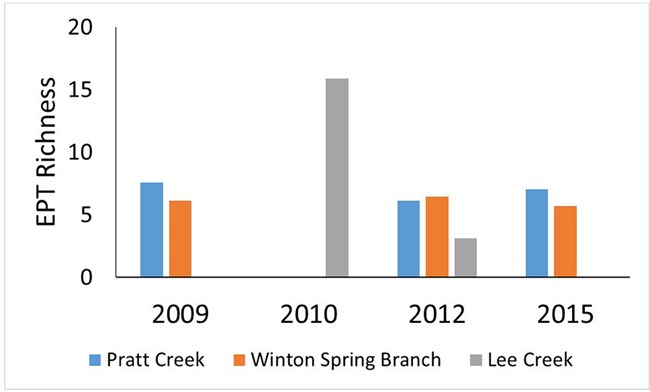Last updated: October 8, 2020
Article
Aquatic Invertebrate Monitoring at Pea Ridge National Military Park

NPS-Photo

NPS
Potential threat to stream quality occur in the watershed. For instance, farming and urban development occur near the park. This presents managers with a problem- what should they do? Maintaing and widening riparian areas near streams can help protect the aquatic life and reduce erosion. This would decrease chemical runoff and sediment from entering the stream.
View the full report. (pdf)
Learn more about the Heartland Inventory & Monitoring Network.
Data in this report were collected and analyzed using methods based on established, peer-reviewed protocols and were analyzed and interpreted within the guidelines of the protocols.
Learn more about the Heartland Inventory & Monitoring Network.
Data in this report were collected and analyzed using methods based on established, peer-reviewed protocols and were analyzed and interpreted within the guidelines of the protocols.
